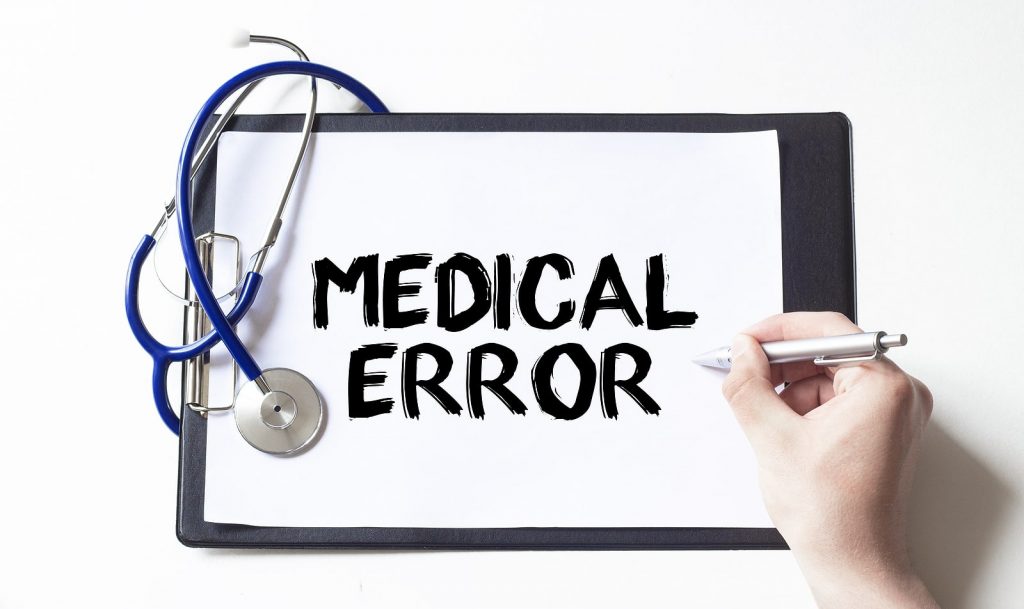We’ve previously discussed how to prevent malpractice lawsuits on our blog. Now, we want to take it a step further and expand on some of our thoughts from that article with some ideas from OMIC.
In this post, we’ll examine how proper documentation provides a strong defense in malpractice lawsuits and then discuss how our OMS software, MaxilloSoft, helps with proper documentation.
Oral Surgery Malpractice: Causes
Malpractice lawsuits are rarely the result of improper surgical technique or a failed procedure. When a patient is exploring a potential malpractice lawsuit, their attorney’s more often than not pursue two theories of liability. The first of those theories is that the surgery was unwarranted. The second theory is that the patient was uniformed, or misinformed about the surgery.
Unwarranted Surgery
When a patient, via an attorney, claims that they surgery was unwarranted, the patient maintains that the complication, or risk, that occurred would not have occurred if the appropriate standard of care had been exercised, and thus the surgery was not necessary in the first place. In layman’s terms, the patient feels as if the issue which required surgery, could have been dealt with without surgery. A surgeon’s defense in this case is to detail that without surgery, the patient could have suffered a greater injury or impairment.
For oral surgery, the problem arises when surgery is recommended to improve the patient’s quality of life. If, after surgery, the patient feels their quality of life is worse than before surgery, the patient will be more likely to take an adversarial position against the surgeon.
Lapse in Documentation
Advances in oral surgery techniques have made once difficult operations more commonplace. Because of this, an oral surgeon may be less likely to document their reasoning for recommending the surgery. Without proper documentation of conversations with a patient which detail complications the patient experienced prior to surgery, the patient will primarily recall only the parts of conversations in which the physician emphasized the need for surgery.
This entire scenario can be avoided through proper documentation. An oral surgeon should document the elements of patient care and current and future treament plans.
Informed Consent
When a complication arises due to oral surgery, the patient/attorney will claim that in consenting to the surgery, the patient was unaware that complications could arise. Many surgeons often mistake the presence of a signature on the consent form with true informed consent.
Informed consent means that there is an understanding between the physician and the patient where the patient is told of the possible major risks and complications inherent to the procedure, as well as available alternative treatments. A consent form is merely some evidence of this understanding. The surgeon must document the aforementioned risks, complications, and alternatives giving the patient an opportunity to fully understand the upcoming procedure.
Further adding to your defense of “informed consent” is to have other practice personnel present during these conversations. This prevents the patient from saying the surgeon was “in a hurry” or that they were “told to sign it if I wanted surgery.”
How MaxilloSoft Prevents Malpractice
Malpractice lawsuits can be overwhelming. Thankfully, based on the information above, malpractice lawsuits are defensible and preventable. Having an OMS software like MaxilloSoft helps eliminate the risk of improper documentation and uninformed consent.
MaxilloSoft as an EMR Software
MaxilloSoft is specifically designed to ensure patient and treatment documentation best practices. Here’s a list of MaxilloSoft’s OMS EMR Functionalities:
- Remember Preferences for each case type
- Document patient care timeline
- Document anesthesia and automatically attaches to patient’s chart
- Capture patient vitals in real-time
- Comprehensive task list for surgeons
- Custom configured to fit your specific practice needs
MaxilloSoft and Informed Consent
MaxilloSoft is a tablet computer-based OMS system. This not only eliminates paper waste and improves organization of patient records, but also allows for face-to-face conversations when reviewing informed consent forms.
Informed consent forms are automatically generated on tablet, allowing patient and surgeon to go over together. Informed consent forms can be signed right on the tablet after having thorough dialogue with a third party present to prevent malpractice.
MaxilloSoft: OMS Practice Management Software
MaxilloSoft excels across every facet of your OMS practice. From patient intake, to timeline documentation, to insurance billing, MaxilloSoft is the best OMS software available.
Prevent the risk of malpractice lawsuits by ensuring proper documentation and informed consent by utilizing MaxilloSoft. Read reviews of our OMS software by oral surgerons who have implemented MaxilloSoft into their pratices or schedule your free demo of our OMS EMR Software today.

